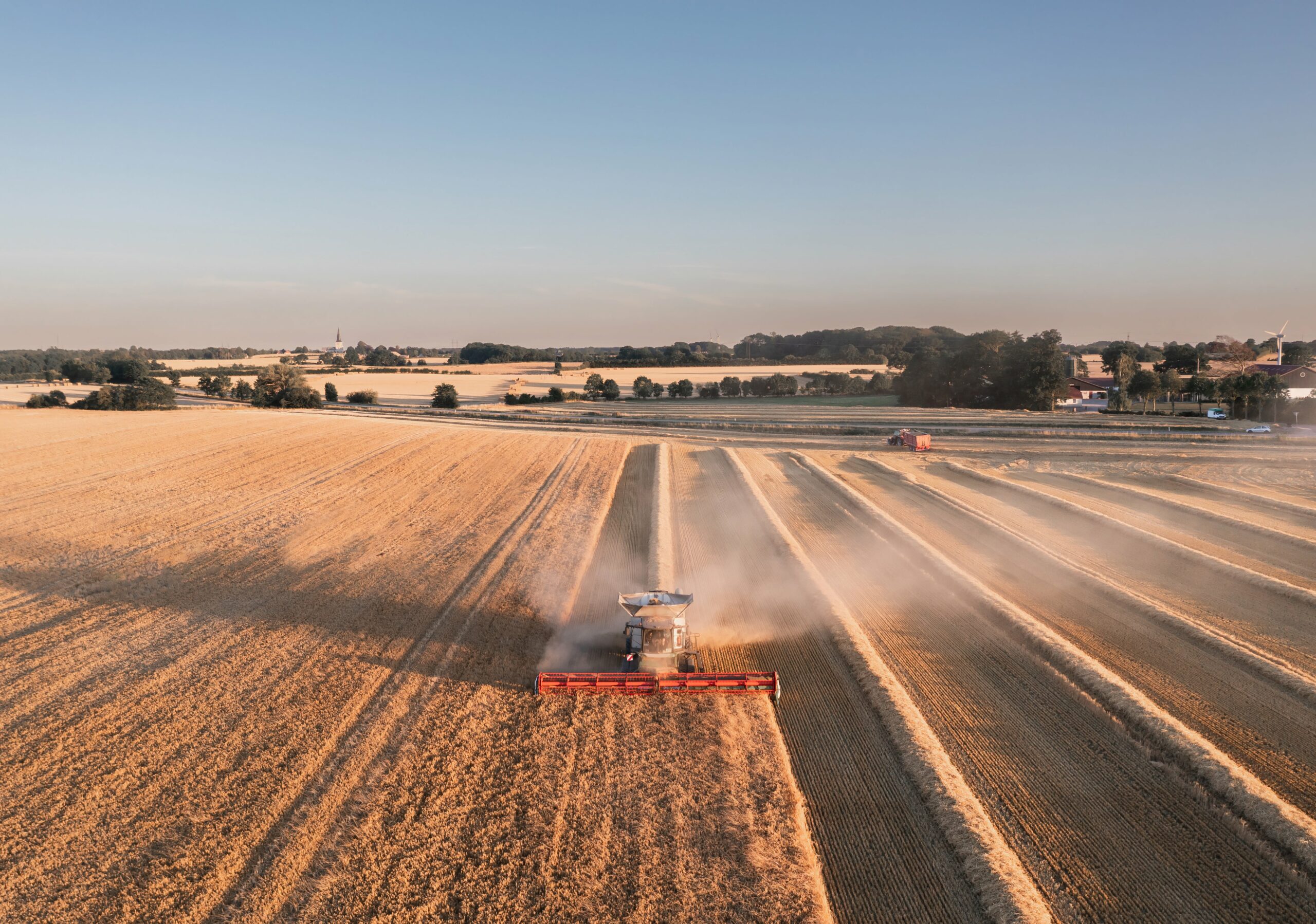Publication: Producing more with less
Discover pathways toward a resilient, resource-efficient and decarbonised agrifood system in this white paper launched during COP28 in Dubai.
Discover the publicationNews
Environment and agriculture
Carbon capture, storage and utilisation
Policy frameworks



Discover pathways toward a resilient, resource-efficient and decarbonised agrifood system in this white paper launched during COP28 in Dubai.
Discover the publicationAgriculture is expected to account for nearly half of Denmark’s emissions by 2030, making reductions crucial for a climate-neutral future. Pyrolysis, which transforms biomass into biochar, holds significant potential to reduce emissions by locking in carbon.
With a €1.35 million fund set to incentivise pyrolysis projects, the work to remove barriers and scale up the technology begins. A key element of the plan is conducting environmental impact assessments to ensure pyrolysis is rolled out responsibly and at scale, with a clear regulatory framework in place by 2026.
The government’s ambition with pyrolysis is to reduce emissions by 300,000 tonnes of CO2 by 2030 – equivalent to the annual emissions of 116,000 cars.
“There is no way around green transition and CO2 reductions, even in agriculture. That’s why we entered into a historic agreement this summer as part of the green tripartite, and now we are taking the first concrete steps toward implementing a greener Danish agriculture. Pyrolysis is a technology with significant potential, but it’s clear we need to better understand the frameworks and environmental impact before fully investing. That’s what we are doing with the strategy and action plan for pyrolysis. But regulation and the action plan alone are not enough – private actors must also play their part,” Minister for Climate, Energy, and Utilities, Lars Aagaard.
As part of the green tripartite agreement, nearly €1.35 million has been allocated to a pyrolysis fund that will provide incentives for pyrolysis in agriculture – and now the work to design this fund can begin. The fund is expected to be available for applications starting in 2027.
“Developing new green technologies is one of the core efforts of the tripartite agreement, and pyrolysis technology will play a central role in reaching Denmark’s climate goals. For pyrolysis and biochar to reach their full potential, we need to remove the existing barriers preventing scaling. With the strategy, we take the next crucial steps towards greener agriculture and ensure the foundation for turning the €1.35 million into rapid scaling and climate impact,” Minister for Green Transition, Jeppe Bruus.
A key element of the government’s strategy and action plan is larger environmental studies that need to be completed before pyrolysis can be scaled in Denmark. This ensures it won’t be up to individual municipalities to conduct these assessments. The government has initiated studies of the agricultural and environmental impacts so that clear environmental regulations, aligned with EU law, can be implemented by 2026.
“Pyrolysis holds exciting potential, and we need to establish the regulatory framework as quickly as possible to advance the technology. However, we still lack knowledge on precisely how pyrolysis and biochar affect the environment. That’s why the government has launched thorough studies to assess the environmental impact, allowing us to consider this as we scale pyrolysis,” Minister for Environment, Magnus Heunicke.
Today, pyrolysis is positioned between the demonstration and market maturation phases, both in Denmark and across Europe. The first step in the government’s strategy and action plan is, therefore, to establish the regulatory frameworks.
“I’m pleased that the strategy accelerates efforts to remove barriers so that biochar can be brought to the fields. Biochar is an important climate tool for agriculture because it can capture CO2, contributing to negative emissions from the sector. It can play a decisive role in reducing agriculture’s overall climate footprint. At the same time, we are examining the effects on soil so that farmers can confidently apply biochar to their fields. We need to develop, not dismantle, agriculture and our food sector. Pyrolysis technology is a crucial element in ensuring we can continue producing high-quality food with a smaller climate footprint in the future,” Minister for Food, Agriculture, and Fisheries, Jacob Jensen.
The government is also initiating work to develop a method for measuring the climate impact of pyrolysis.
Read the government’s strategy and action plan for pyrolysis (in Danish)
Pyrolysis is a technology where biomass such as straw, wood, or sewage sludge is heated to high temperatures without oxygen and converted into biochar.
Biochar can store carbon for longer than the original biomass, which decomposes more quickly and releases greenhouse gases.
In this way, biochar functions as a form of CO2 storage when it is later spread on fields.
solutions
Carbon capture, storage and utilisation
+4